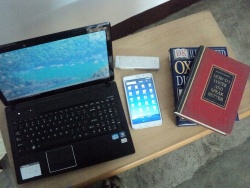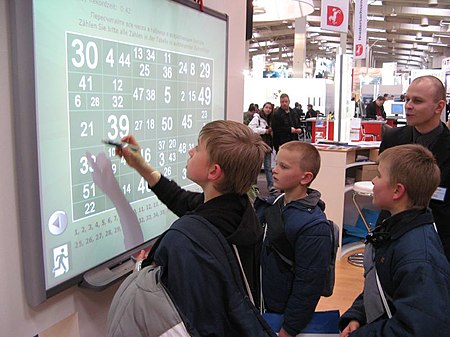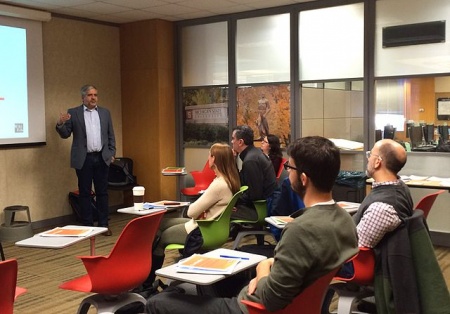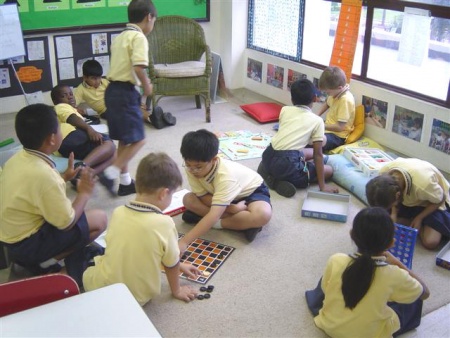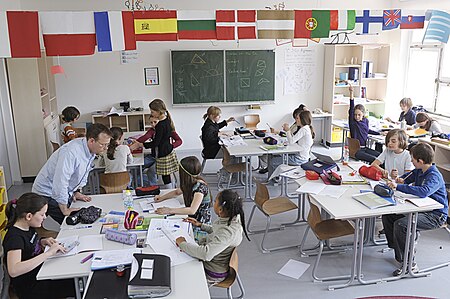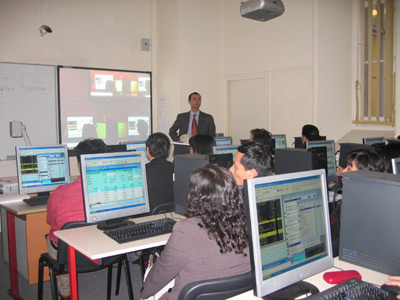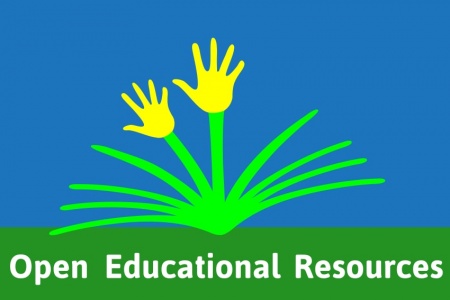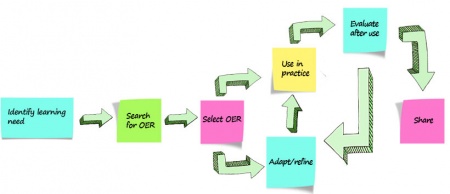Content Outline
| Work in progress, expect frequent changes. Help and feedback is welcome. See discussion page. |
Contents
Teacher role in digital age
1.presenting the Learning material using latest ICT:
Presenting the lesson is one of the basic work of a teacher.It is a teachers' job to find out ,prepare lessons to suit the objective of the course.Knowledge of instructional designing and learning theories is prerequisite for the teacher.
source:wikipedia
A.intellectual clarity(subject knowledge):
Content or subject is very important for a teacher.But now in digital age where teacher is more facilitator subject knowledge is little diluted.A teacher can hire content master and prepare lessons using his/her instructioninal designing skills.
B.linguistic clarity(language and communication technique):
Grasp on language and communication skill makes presentation impressive.We take this skill as guarented but it makes a difference.
C.concretization(making concept physically visible):
Concept mapping is important to understand anything.Abstract ideas needs to be concretized for learners.
2.Collaborative work:
In 2.0 environment collaboration work enhance learning.Knowledge sharing and working together represents constructivism theory of learning.There are various soft tools available for various perposes.This list is not conclusive.
3.identifying the objectives:
Object finding according to the course is teacher's job.Objective in behavioural term is good and desired from a teacher.
4.motivating the learner:
Motivation is important for success in achieving learning objective.It can be internal or external.Internal motivation is incorporated in lesson.External motivation is prize,appraisal,physical arrangements of classrooms.
5.exploiting learner’s experiences:
It is ine of the form of internal motivation.It creates interest in learner and makes him/her feel important.
6.providing learning activities:
It is based on constructivism theory of learning.Learning activities reinforce learning.
Source: wikipedia
7.facilitating retention:
Teacher needs to revise and conclude learning content to facilitate learning.Learning is complete when it is a cycle of survey ,question,read,recall.review.
8.promoting transfer of learning:
Lesson learned in one situation is applicabe in many other situations even in interdiscipline.
9.providing feedback:
Feedback find out the gap between learning achieved and learning to be achieved.It is very important for improving teaching learning as a process.
10.Create learning environment
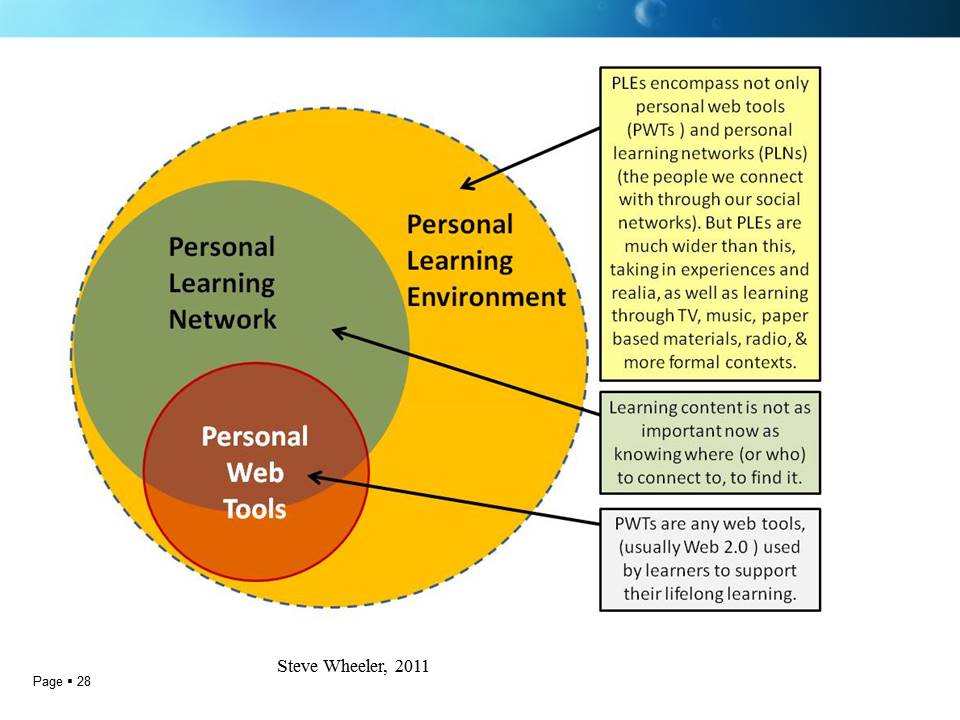
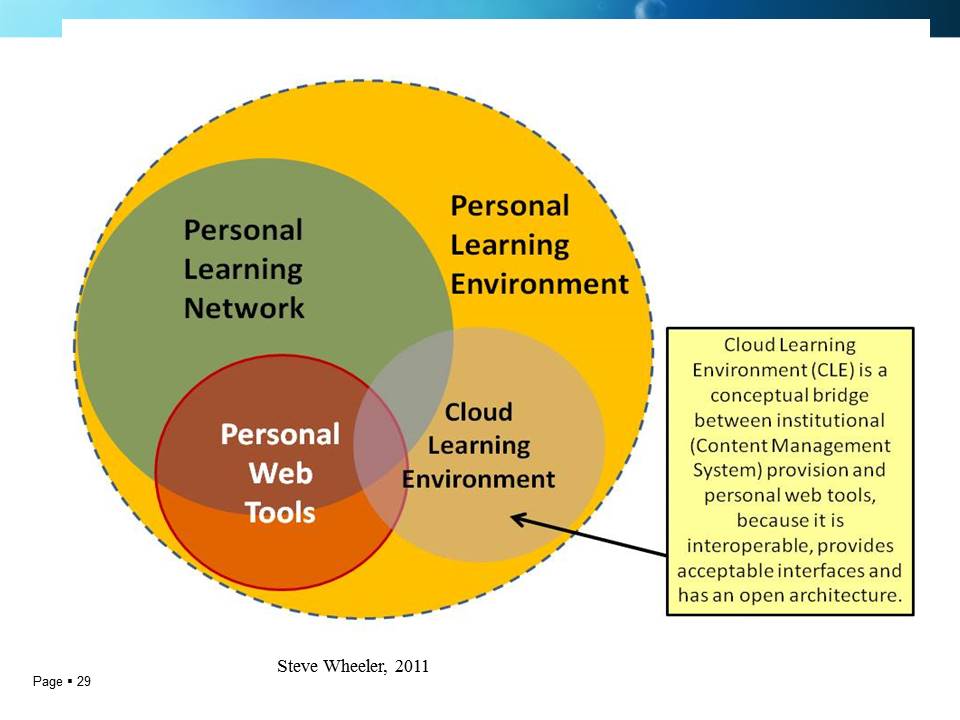
Teaching learning strategies
1.Teacher centred techniques
A.lecture method: It is most common and conventional type of teaching.In a classroom teacher speaks out his/her lessons and learners are supposed to hear and understand the meaning.At the end there may or may not be time for question-answer session.This method is suitable for cognitive domain of learning.
B.demonstration method:It is teaching method like lecture but is suitable for psychomotor domain of knowledge.Complicated cognitive concepts are better explained by this method.Natural Science subjects (physics,chemistry,biology) can be taught by this method.
2.Learner centred techniques
A.personalized system of instruction:Personalized System of Instruction (PSI), was developed by Fred S. Keller.This method is widely used in distance education.PSI essential elements
- Self learning material SLM
- Course content in modular form
- Modular mastery
- Use of Proctors
- Student Self-Pace learning
- Proctors
- Lectures and Demonstrations to Motivate
B.flexitudy :flexitime is combining distance education with some face to face lessons.It is used in distance learning course.Some training programme use this method of training.Courses are designed to suit learner professional need.Learner can work with his/her own pace.Flexistudy is mainly used for career advancement for working professional.
C.distance learning: Distance education is method of education in which there is a physical gap between teacher and learner.This physical gap is filled with the help of all technological application.Distance learning has evolved a long way.
- .Correspondence education
- .Multi- / Mass media education
- .Tele-learning / Conferencing based
- .Flexible learning / CMC
(online, multimedia, WWW : interaction, asynchronous communication, constructivist learning)
- .Intelligent flexible learning
( multimedia output from single source in LMS)
- computer assisted learning
- individual project
3.Group learning techniques
A.tutorial:Tutorial is a small size homogeneous class.Teacher can give personal attention to the learners.
B.seminar: Seminar is a discussion on any topic.Expert or researcher presents their papers in seminar and this will be scrutinized by others.
4.Experiential learning techniques
A.discovery learningThis is inquiry-based learning>problem solving promotes learning.
B.programmed instruction(machine learning): This is a computer managed learning.Software is programmed in computer which makes learner advance in their study as he/she selects topic by topic.After study lessons learner has to make answer some problems and correct answer makes him/her advance further and wrong answer guide him/her to repeat the lesson.
C.learner controlled instruction
D.simulation:Simulation means imitating any process.This is good to master psychomotor skill like driving bikes,aeroplane etc.
E.role play:Role paly is an act in which learners plays role of assumed character.This is useful for social study.This role play is also used to assess candidate in their attitudinal qualities.
F.case study technique:Case study is in depth study of any problem or incident.
Basic Knowledge of Word and Excel and Power point Presentation
Some websites offer free Word Excel and PPT training
What is e Learning
e learning is learning utilizing electronic devices.We know learning theories ie behaviourist and cognitivist theories.In e learning nothing is new except communication through electronic devices.
Important Educational electronic Devices(ICT)
1.Computer Computer is a machine which process inputs and give results.It is very very useful device.Now a days without computer big size data storage and analysis in not possible if possible very time consuming and frustating.A school or college teacher must have basic working knowledge of computer to do all his/her record jobs.Students record is kept in computers only which is easily accessable and manageable.A teacher must know how to work in Word ,Excel and PPT to enhance teaching/learning.
2.Mobile Phone
3.Tablet
Basic ingredients of e learning
1.Teacher:Teacher has key role in any learning.In e learning teacher role changes from content expert to online facilitator.Teacher has to provide learning blocks,learning activities,provide feedback,atart discussion.
2.Learner:Learner is the target of any learning process.
3.Learning management system:It is online plateform.Learning management system is a software application in computer which is used to impart all teaching materials by teacher.This plateform is based on web 2.0 in which communication from both side is possible.Learners can respond to any threaded discussion.
Benefits of e learning
1.Anywhere anytime
2.High quality instructions/teaching to all.
3.Filling physical gap between learner and teacher.
4.Cost effective in long run.
LMS
1.Moodle
3.Edx
4.Coursera
Open Educational resource
OER are freely accessible licensed document which can be used in teaching and lerning as per license.TESS-India is a UKAid funded, Open University led multilingual teacher professional development programme .
Use of OER in lesson preparation
We can use OER in our lesson planning.We can use the following steps
1.Define the purpose to prepare lesson:Lesson objectives in behavioural term is necessary for any lesson plan.This objectives will guide teacher to search OER matching these [objectives].
2.Search the relevent OER: Searching OER is basic work.It needs technology like computer/tablet,internet connection etc.
3.Match the Copyright of OER and purpose for which it is supposed to be used:Copyright issue is detrimental in selection of OER.Teacher has to decide Copyright of his lesson to be developed.Teacher can select OER matching his lesson's copyright.
4.Select and adapt (reuse,modify,distribute etc) as the copyright allows:Once OER is selected it may be modified,reused,distributed as per requirement.Agin knowledge of Instructional designing is necessary for lesson plan infusing OER.
- Source:TESSIndia
Note: This lesson is developed using OER
